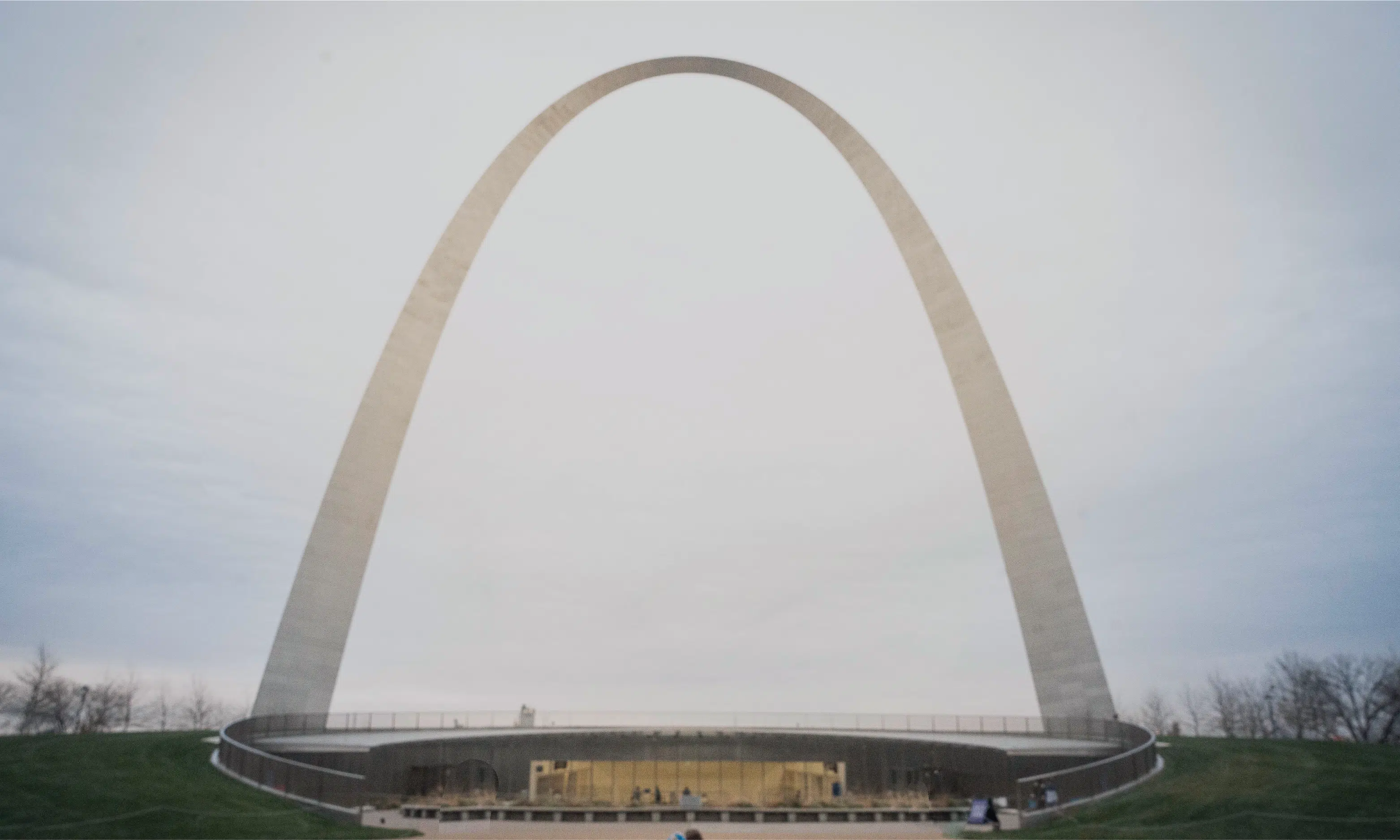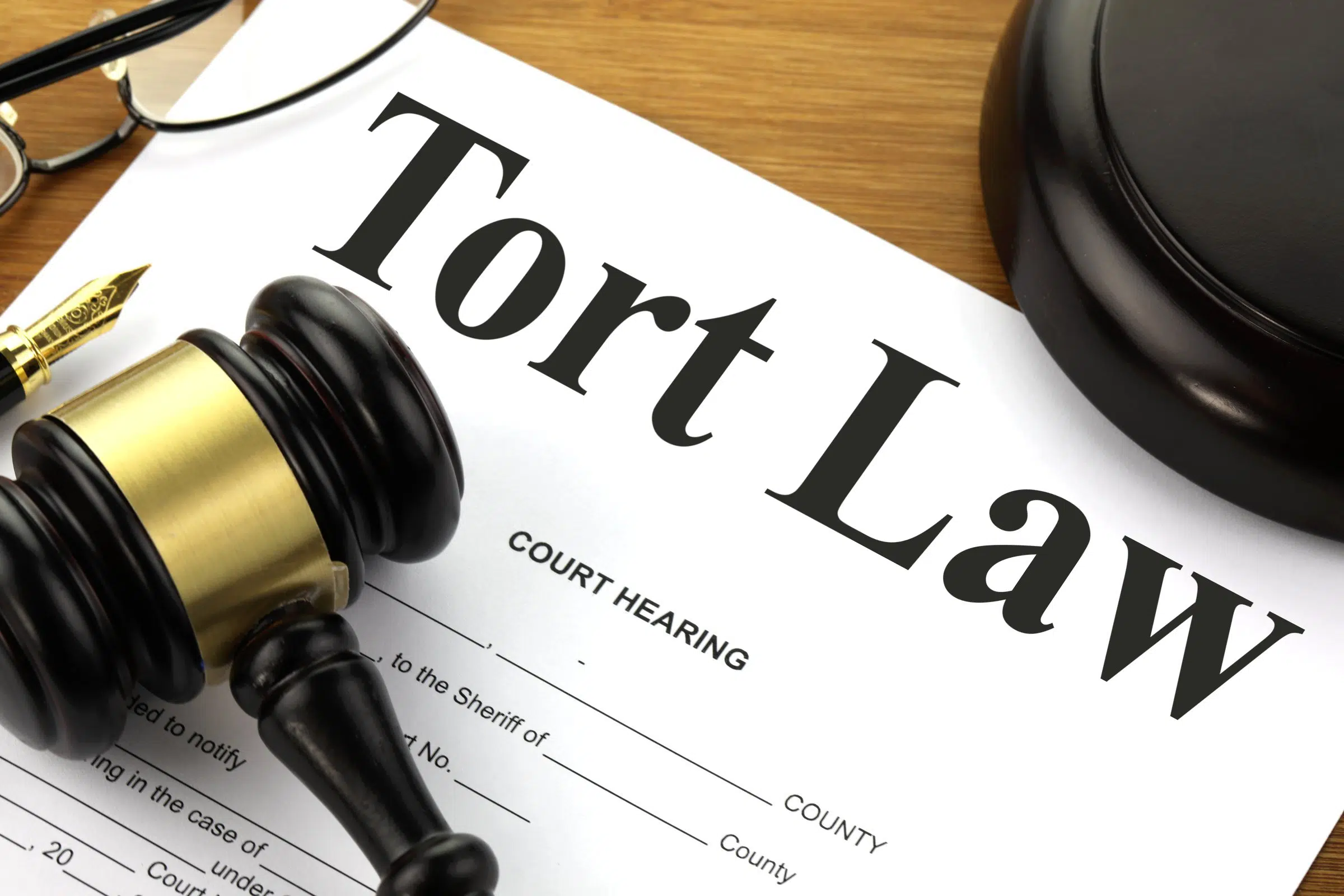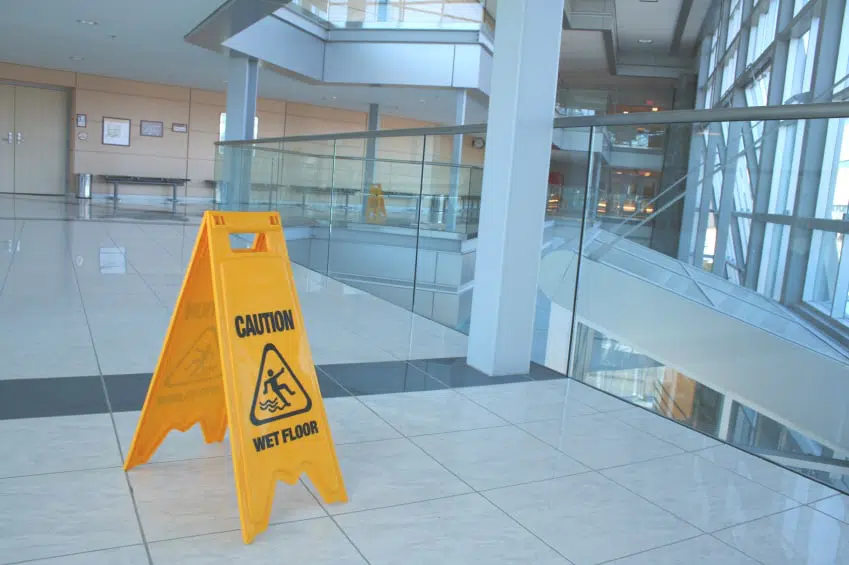What Happens if You Get Hurt at the Gateway Arch (or Other Public Lands)?
And Can You Sue Federal, State, and Local Governments?
Summer is coming and with COVID-19 restrictions lifting, families are ready to flock to local attractions in the St. Louis region. A fun trip can be ruined fast if someone gets hurt. When injuries are caused by someone else’s negligence, victims can usually be compensated for their losses. But what if you get hurt on public or government owned property? Can you sue the federal government, the state, or your town?
The fact that government entities are powerful should not stop someone from pursuing a claim if they have a valid case. In some circumstances, you can collect damages. But unlike a typical car crash with another citizen or slip and fall at Schnucks, there are additional restrictions and rules to navigate.
Federal Land and National Parks Like the Gateway Arch
At one time, it took an act of congress to allow a citizen to sue the federal government, and in most circumstances, it was not allowed. Something called sovereign immunity was in place. This was a centuries-old principle that basically means that an individual can not sue their king, or, in the case of the United States, its federal government.
In 1946, congress passed the Federal Tort Claims Act (FTCA). It allows citizens to bring a claim for injuries or loss of property caused by an employee of the government, if the employee was negligent while doing their job. The situations had to be ones where a private person would have also been liable for negligence. In 1988, the FTCA was amended to make federal employees immune from lawsuits filed against them personally. Instead, the U.S. government is the defendant.
The FTCA deals with injuries caused by things such as a crash with a USPS vehicle or a mishap like slipping and falling at federally owned property like the Gateway Arch or on other Nations Park Service land.
Filing a Federal Tort Claim
An FTCA claim has exceptionally rigid rules and procedures. Victims have a lot of hoops to jump through just to file a suit, let alone win one. Make just one misstep and the claim will be denied. Having an attorney help navigate the process is not just a good idea, but a necessity.
First, the government has a number of exceptions that prevent claims from being filed at all. For example, negligent actions of the employee that fall outside their scope of employment, are not covered by the FTCA. Also, an independent contractor working for the government can’t be sued under the FTCA, unless they are treated like an employee. A victim may be able to sue them or their company directly, however.
The next step is to file an administrative claim with the specific agency that oversees the location where the injury occurred. The agency has six months to pay some or all of the damages requested. If they fail to make a ruling within six months, the injured party can go ahead with a lawsuit.
Although the FTCA does give citizens a method of seeking damages, the government is still protected from most kinds of lawsuits. Not only must all of the rules be followed, and laws of each state play a part in whether an FTCA claim will be permitted too.
All 50 states have Recreational Use Statutes that protect the owners of land from litigation as long as the land is used for recreational purposes at little or no cost to the public. This protects land owned by the government, like at the Gateway Arch. The same statutes often protect private landowners. For example, someone who allows people access to their land to hunt, is not liable if one of those people gets hurt.
Cahokia Mounds and Other State Sites in Illinois and Missouri
Tripping on one of the 154 stairs at Cahokia Mounds State Historic Site in Collinsville, Illinois, or slipping on a wet floor at Missouri’s First State Capital in St. Charles, Missouri leaves victims with the same issues as getting hurt at a federal site. Rules for lawsuits might be slightly different depending on the state. But suing any state is as difficult and complicated as suing the federal government.
In Illinois, claims must be filed according to the Illinois Court of Claims Act rather than in circuit court. The act covers personal injury claims along with cases of unlawful imprisonment or breach of contract by the state.
Claims must be filed with the State Attorney General within one year of the incident. If they decide to sue, it must happen within two years.
Strict requirements rule out filing a claim unless negligence can be proven. If there was a failure by the guests to supervise their own or their children’s activity, they may have no basis for a claim. And even if there were unsafe conditions, for example, a loose board on a step, the government is not liable if workers were not given notice of the problem.
Missouri’s claims go through the Office of Administration’s Risk Management Division. The statute of limitations is a very short 90 days. Liability is only assigned to the government if conditions are considered unreasonably dangerous, such as failure to replace a stop sign or leaving a grate in the sidewalk open.
Because of the differences in the way states view personal injury cases, it is best to have an attorney review the case. They will also be able to file a claim using the proper wording and special phrasing that is required. Just as in federal cases, any mistake in the paperwork or procedures could make it impossible for a victim to collect damages for their injuries.
Holding Cities and Towns Responsible for Injuries
In Illinois, municipalities are protected from most liability by the Local Governmental and Governmental Employees Tort Immunity Act. A victim can only file a claim if an employee was guilty of willful misconduct. For example, slipping on icy stairs at the library would not merit a claim. But if for some reason a city worker purposely poured water on the steps when it was likely to freeze, the claim might have a better chance of going through.
In Missouri, there are exceptions allowing people to sue a local municipality for motor vehicle accidents, and incidents involving dangerous conditions. The first is self explanatory. The dangerous condition exception can be used if a worker causes a hazardous situation (such as our water example above). It also applies if a situation that is known to be dangerous is not addressed in a timely manner.
Meeting the requirements for a claim or lawsuit can be difficult with a local municipality. Whether or not a worker was truly negligent could be hard to prove. And just like with state and federal cases, if the rules are not followed precisely, a victim may not get very far with a claim.
The Best Chance for Compensation
People who are hurt due to someone else’s negligence deserve compensation. Just because the injury happens on public land does not mean that the injuries and losses are somehow less severe as a run-of-the-mill accident.
It is possible to sue a government entity, provided the case fits all of the special requirements and the rules are followed. This is much too complex for most people to handle on their own. Hipskind & McAninch will review your case. If it meets the necessary criteria, they will file the claim for you and see that you get the compensation you deserve.
Category:
Tags:


